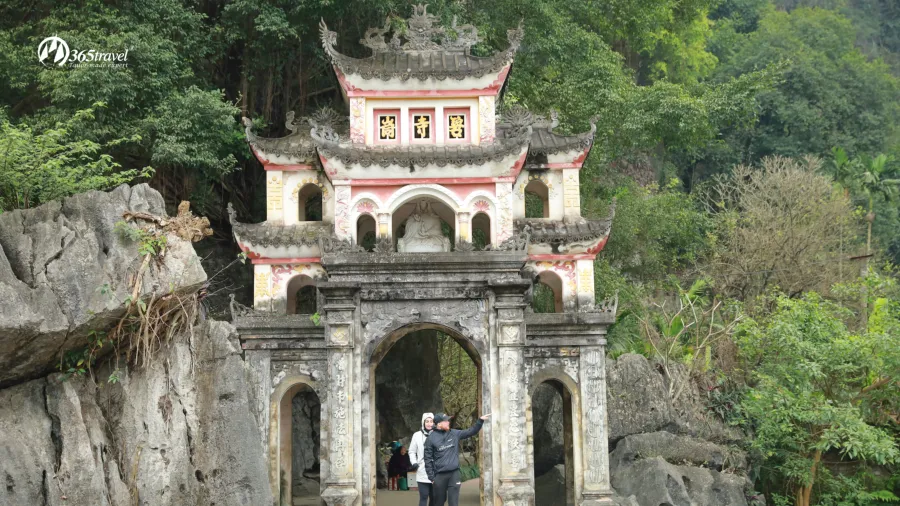For those who want to leave the winter’s cold or a hectic life behind in search of a quality leisure time in the sun and by the sea, Phu Quoc is most likely the place to be. Blending in the nature, watching the local lifestyle or going back in time to discover history will all bring tourists a memorable experience. Ranking high among tourist destinations in Vietnam, Phu Quoc deserves to be called a heaven for sun and sea seekers.
The tear-shaped island is located in the coastal Kien Giang province, about 20km offshore in the Gulf of Thailand. Known as Vietnam’s largest island, Phu Quoc has been attracting an increasing number of domestic and international tourists in recent years thanks to a unique mix of natural scenery and historical heritages including pristine beaches, primeval rain forests, mountains and a monumental war-time prison facility.
Known for beaches with crystal clear water, Phu Quoc is ideal for sunbathing, swimming or snorkeling. The best is perhaps Dai beach, a 6-kilometer tract of white sand nestled between a jungle and a vast of turquoise sea water. It was rated as one of the cleanest and most beautiful beaches over the world by ABC News in 2012. Facing west, it is also the best place on the island to watch the sunset totally unobstructed. Sao beach is also a worthy option for tourists for its 7-kilometer beautiful landscape of white sand, palm trees and mountains. The most remote beach on the island is Thom located 30 kilometers from the capital town of Duong Dong. It is well known for offering the closest view of the Cambodian mainland. The longest beach of all is Truong with the length of over 30 kilometers. The list of beaches goes on with many other including Ganh Dau, Cua Can, Vung Bau, Bai Vong.

The island’s tropical monsoon climate nurtures a rich ecosystem of 37,000 hectare primeval forests that covers 70% area of the island. Thanks to its special biodiversity values, Phu Quoc has become a special eco-tourism destination in recent years. Going deeper into the primeval forests, tourists can enjoy the scene of old trees and observe many rare species of wild vegetation and wild birds. There are numerous natural springs flowing to the sea. Tranh spring is the most famous one, meandering over 15 kilometers from Ham Ninh Mountain over rocks and under the green forest canopy before reaching the sea. The environmental diversity of the forests makes them ideal places for recreational activities such as fishing, boating, trekking and biking.
Throughout the French and American wars, Phu Quoc served as an isolated and gigantic prison. The island houses a complex and notorious prison system with a detaining capacity of 4,000. Prisoners here all suffered to the extremes misery and many lost their lives due to torture or unimaginably harsh living conditions. It is rumored among locals that the dead prisoners’ lost souls are still haunting the island till this day. Perhaps, for this reason Phu Quoc recently has been included in a ghost-haunting series “I wouldn’t go in there” of National Geographic. The two-story prison facility located in An Thoi village, South of the island is a must see for any tourists who are interested in history or want to satisfy their curiosity about what happened during the wars on the island. It has many exhibits to recreate the scenes of the prisoners’ life in hell in the past.

Traveling in the island, tourists have the chance to discover the customs and culture of locals’ way of life. The traditional craft of islanders are fish sauce production and pepper cultivation. Phu Quoc fish sauce known for its high quality and be preferred by most of Vietnamese people. And its black pepper is highly rated for its distinctive for its strong taste. Besides, the new trade of pearl farming has been booming for the last 10 recent years, making it to be a favorite souvenir from the island.
Getting there
Phu Quoc International Airport, which had been in operation since 2012, is connected by domestic flights to Hanoi, Ho Chi Minh City, Can Tho and Rach Gia. Vietnam Airlines have recently opened two new international routes connecting the island with Singapore and Siem Reap in Cambodia.
You can also reach the island by a two hour boat from Rach Gia and Ha Tien. From 2014, all foreign tourists are allowed to have a free-visa for a period of up to 30 days.
Best time to visit
Between October and April. May and June can be extremely hot. In July, August and September there is a slim chance of good weather – but heavy rains might turn the roads to red slime and the sea to soup.
Where to stay
Phu Quoc has many hotel and beach resorts, most are concentrated along Long Beach near the Duong Dong town. Accommodation ranges between basic bungalows to a more recently opened luxury boutique resort and spa type developments.
What to eat
Seafood is the best. The food on Phu Quoc island is heavily influenced by the bountiful harvest of fresh seafood, herbs and vegetable. For something cheap and local, head into Duong Dong, where market stalls and restaurants catering to locals sell pho and crispy banh xeo pancakes. In the evening the Duong Dong night market is worth a visit, especially for seafood lovers.






 17 Years of Experience & Expertise
17 Years of Experience & Expertise